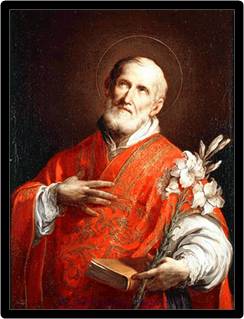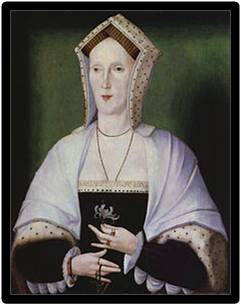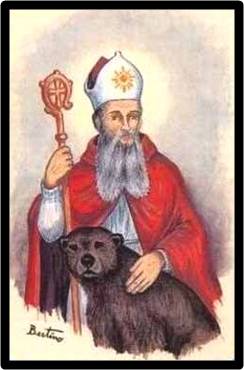MAY 26 - ST. PHILIP NERI

St. Philip Neri was born at Florence, in Italy to poor parents. His father Francisco Neri who worked as a lawyer had two sons and two daughters. But Philip’s brother died when he was a little child.
As a child, Philip was affectionately called “Good little Phil.” He was always so jolly and friendly that everyone he met loved him. Philip went to Rome as a teenager. He studied theology and philosophy for three years under Dominican priests and was a good student.
Above all, Philip was a very active Christian. He lived simply and worked hard. But he also did much good for the people around him. He helped poor children and spent time with the sick. He was a friend to people who were troubled and lonely. In fact, he reached out to everybody he could for the love of Jesus.
Philip with the help of a few people started an organization to take care of poor pilgrims. That ministry gradually continued as a famous Roman hospital. The priest who guided him realized that Philip was doing so much to help the Christians of Rome come close to God again.
But when Philip was thirty-six he felt a strong calling to be a priest. It was then that he began his most wonderful ministry for others. He was available for the sacrament of Reconciliation for several hours every day. The lines of people who came to him grew longer. But Father Philip was never in a hurry. He never ran out of patience and gentleness.
People began to notice that he could often read their minds. He could sometimes tell the future and the Lord even worked miracles through him. But all Philip wanted to do was bring Jesus to the people. To avoid their admiration, he acted silly once in a while. He wanted people to laugh and forget that they thought he was holy.
St. Philip was making a difference, though. Because of him, the whole city of Rome was becoming better. Once he started to think about being a missionary to far-off lands. He was very impressed by the life of St. Francis Xavier, who had died in 1552 at the gate of China.
Philip had been a priest for just one year at the time of St. Xavier’s death. Should he leave Rome and volunteer for the missions? A holy Cistercian monk told him “Rome is to be your mission land.” After that, Father Philip was at peace.
St. Philip spent the last five years of his life offering the sacrament of Reconciliation to the people. He began working with youth, finding safe places for them to play, becoming involved in their lives. He died at the age of eighty in 1595.



